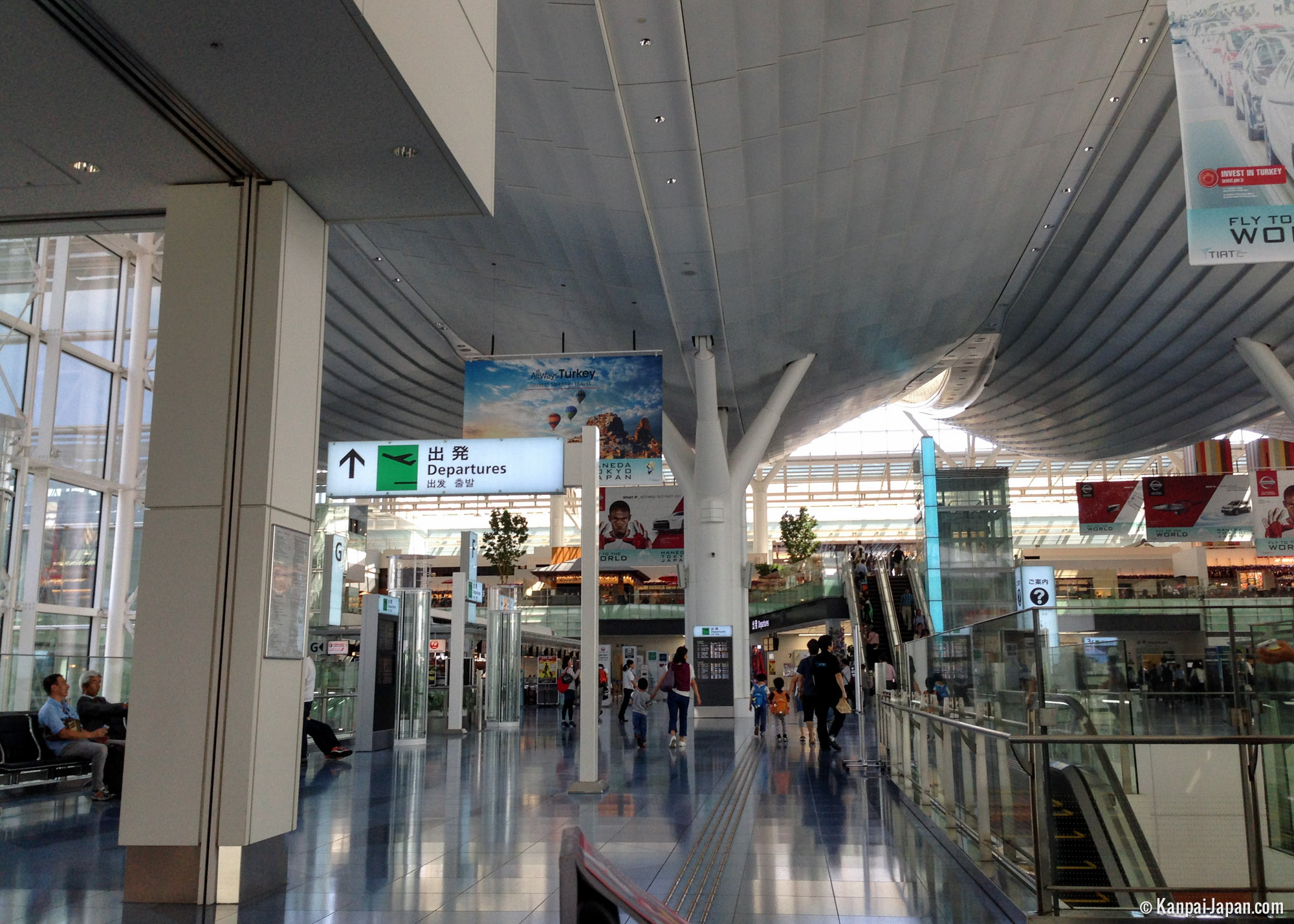

Events earn credit for balancing budgets, reducing financial exposure, increasing the long-term viability of venues, minimizing new construction and event size, preventing displacement, sticking to the rule of law, and maintaining high public approval. The report measures every Olympics since the 1992 Barcelona summer games and Albertville winter games, considering a range of economic, ecological, and social factors. According to a report conducted late last year by researchers at the University of Lausanne, Tokyo could in fact be among the least sustainable Olympic games in recent memory. Some observers have raised even greater doubts about the sustainability prospects for the Tokyo games. It is not clear that Olympic organizers factored the stadium’s ties to deforestation in its sustainability analysis. But according to NPR, the Rainforest Action Network has reported that much of the plywood in the stadium was sourced from rainforests in Indonesia that have since been replaced by ecologically destructive palm oil plantations. Kengo Kuma’s design for the centerpiece National Stadium relied heavily on timber, seen as a more environmentally-friendly material than steel. Only about 20 percent of the venues had to be built from scratch, while the majority of events took place in existing stadiums or arenas, many of which were retrofitted to operate more sustainably. In the realm of construction, Tokyo 2020 was relatively reserved when compared to other recent Olympic games. Marathon medalists stand on podiums made from recycled materials. The extra energy from the city’s grid required to power the games was reportedly powered entirely by renewable sources, and it is also certain that the prohibition of international spectators considerably reduced travel-related emissions tied to the event. entered the opening ceremony wearing belts made of recycled plastic bottles.

The medals awarded to top performers were crafted from upcycled smartphones, while Team U.S.A. Organizers arranged for electric transport vehicles to move athletes around the Olympic village, while cardboard bed frames and medal podiums 3D printed with recycled materials aimed to reduce waste. The Tokyo Olympics made use of the former, relying on sustainability projects in the Saitama Prefecture and the Tokyo metropolitan area.īeyond Tokyo’s purchase of carbon credits, media coverage of various recycled or otherwise environmentally-friendly features at this year’s summer games was rife. There is also a critical discrepancy between decarbonization efforts that reduce the amount of carbon emitted into the atmosphere in the future and decarbonization efforts that physically remove already-emitted carbon from the air, often through soil carbon sequestration or direct air capture systems. Fireworks at the 2020 Tokyo Olympic opening ceremony, which was held in a nearly empty 68,000-seat stadium designed by Kengo Kuma. The progress made by such programs is, by most measures, far slower than the pace of change needed to mitigate the effects of climate change. Industries that have used the market system to offset negative environmental impacts have done little, if anything, to actually reduce emissions through more radical operational adjustments. The carbon credit system, though, has been roundly criticized by climate scientists and environmental activists for generating a false sense of accomplishment and security. According to Masako Konishi of the World Wildlife Fund Japan, who sat on the sustainability committee for the Tokyo Olympics, the credits are worth about 150 percent of the total carbon emissions for the games, rendering them virtually carbon negative. (Wikimedia Commons)įor the 2020 Summer Olympics, organizers took steps with the goal of making the games the most sustainable in modern history, including through the collection of 4.38 million tonnes worth of carbon credits to offset emissions generated over the course of the event.

An aerial view of various venues for the 2020 Tokyo Olympics. Perhaps unsurprisingly, the environmental impact of each set of games is typically enormous. Today, cities hosting the Olympic games are generally expected to shell out enormous sums of cash, not only to construct large-capacity stadiums and world-class athletic facilities, but also on vast accommodations for team and media personnel, elaborate security apparatuses, marketing campaigns, and intricate infrastructure systems to support the influx of athletes, support staff, media crews, and spectators from across the world.


 0 kommentar(er)
0 kommentar(er)
